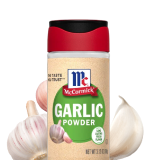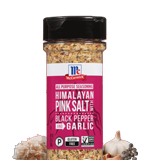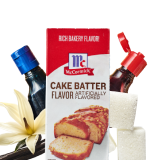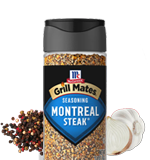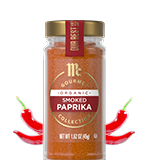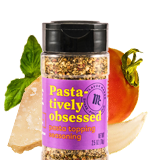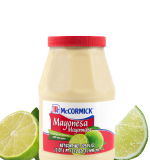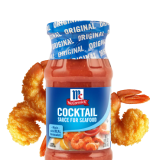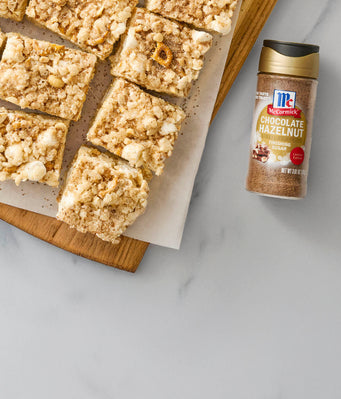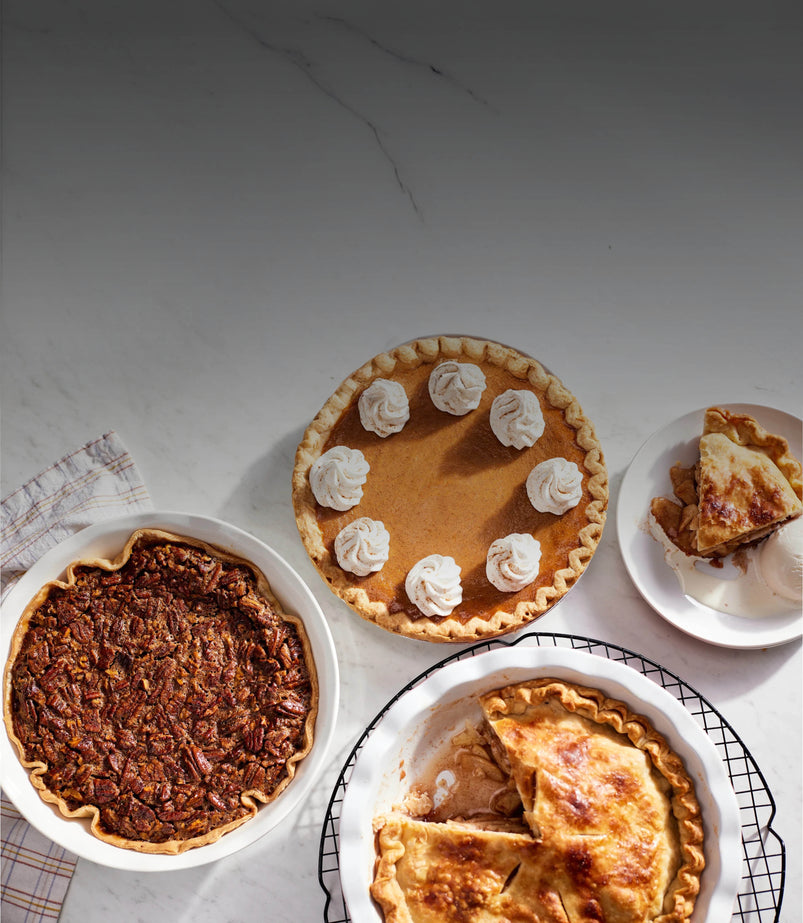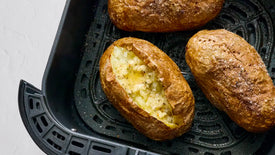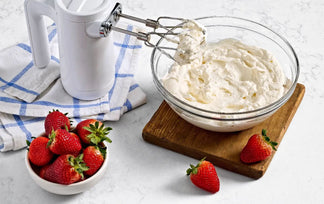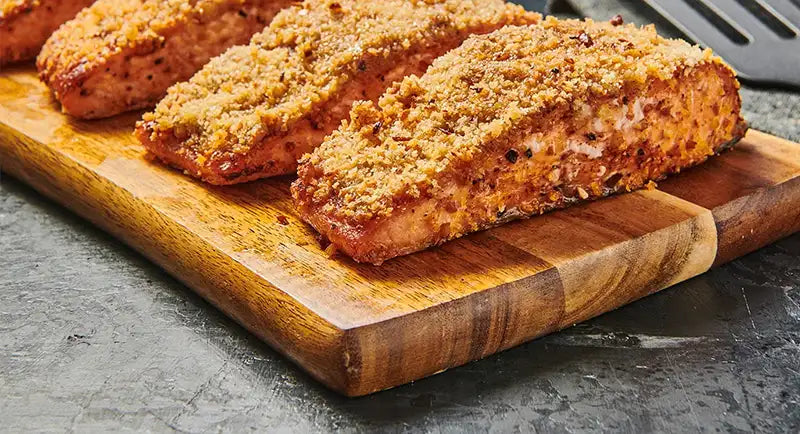
Cooking Salmon? Avoid these Mistakes

By: Brier Barclay
September 11, 2025
Instructions
Salmon is one of those dishes that, when prepared correctly, tastes so simple and so delicious. However, if you're new to cooking this kind of fish, it can be a little intimidating until you learn the ropes.
Generally speaking, if you’re wondering how to cook salmon, there are some basic guidelines when choosing a good piece of fish: select a cut of salmon that is bright in color, firm in texture and mild in odor. If it’s an option, choose salmon with the skin on. And if the fresh selection isn’t ideal, don’t be afraid to opt for frozen.
After you’ve purchased the fish, there are some very important “don’ts” to keep in mind as you ponder how to prepare salmon. First, don’t forget to examine the salmon for any tiny, needlelike pin bones and remove them before cooking it. And, second, avoid microwaving leftover salmon. It tends to smell a bit fishy on the reheat!
Now that we’ve covered some of the major do’s and don’ts, it’s time to highlight other common mistakes to avoid when cooking salmon, so that you can serve this seafood with the confidence of a chef.
Don’t skip the seasoning

Salmon fans love this fish for its rich, buttery flavor. But without any spices your meal could turn out bland and blah, and nobody wants that. Fortunately, it doesn’t take much to make your salmon sing. Salt and freshly ground pepper are key, of course. If you want to get creative, this Supreme Salmon Rub recipe combines McCormick® Perfect Pinch® Gluten Free Salad Supreme Seasoning with a little brown sugar for a vibrant flavor. And this recipe for Montreal Salmon mixes McCormick Grill Mates® Montreal Steak Seasoning with grated lemon peel and dill weed for a grilled salmon with extra zest.
Don’t overcook it

In a matter of minutes, salmon can go from tender, flaky and mild to chewy, dry and overly fishy. The ideal salmon is generally cooked to medium, so that the center is somewhat translucent. (You can test to see if it’s done by inserting a fork and gently pulling; if the fish flakes easily it’s done.) To avoid overcooking, some people recommend cooking salmon sous vide; others prefer poaching it; and many people opt for taking a low-and-slow approach in the oven.
We’re a fan of grilling the salmon in foil packets. This Grilled Salmon in Foil recipe walks you through making your own herby marinade and then brushing it on the fish as well as some asparagus spears, and cooking the meal in a foil packet for max moistness—and minimal clean-up.
Don’t fall into a rut

If you always cook your salmon the same way—like in the oven, or on the stovetop—you’re missing out. There are many ways to prepare salmon, and different approaches can potentially bring out the best in the fish. By using a cedar plank to cook your salmon, for example, you’ll find it imparts a deliciously light, smoky flavor (try our recipe for Cedar Plank Salmon, which includes directions for preparing it on the grill or over a campfire). Or toss the salmon in the air fryer for a quick, tender preparation with a hint of crispness. This Applewood Air Fryer Salmon recipe is loaded with flavor (the salmon is rubbed with McCormick Grill Mates Applewood Rub, brushed with French’s® Chardonnay Dijon Mustard and sprinkled with panko bread crumbs), and it takes just seven to nine minutes til dinner’s served.
Don’t remove the skin
Many people wonder “can you eat the skin on salmon?” In fact, a crisp, lightly browned skin is arguably one of the best parts of any salmon meal. Loaded with healthy fats, the skin adds a savory, richness to the salmon. When cooking salmon with the skin on, be sure to add oil so it doesn’t stick to the pan. Then, find a recipe that allows enough heat to crisp it up, otherwise you may be stuck with a soggy skin. Follow this recipe for Old Bay® Baked Salmon — which calls for a hot, 450-degree oven — and see for yourself.
Don’t over-marinate it

With some proteins, marinade serves as the great tenderizer. Salmon, however, doesn’t need to be any more tender, and if it spends too much time in liquid its texture could change for the worse (read: mushy fish or even an unintended ceviche).
This recipe for Glazed Salmon is the perfect solution. Rather than letting the salmon bathe for too long in a marinade, you cook the fish in a flavorful homemade sauce, which consists of green onions, soy sauce, butter, orange juice and McCormick Flavor Maker Salmon Topping Seasoning. The result is a fork-tender, sweet and savory salmon you’ll want to make again and again.
If you're new to cooking salmon, you may feel as though you're swimming upstream right now. But once you learn about the do's and don'ts, and you know how to avoid some common mistakes, odds are you'll return to this easy, healthy protein again and again. Whether you're throwing together a quick, weeknight meal, or planning the menu for a formal dinner party, salmon can be as casual or elegant as you'd like. ![]()

